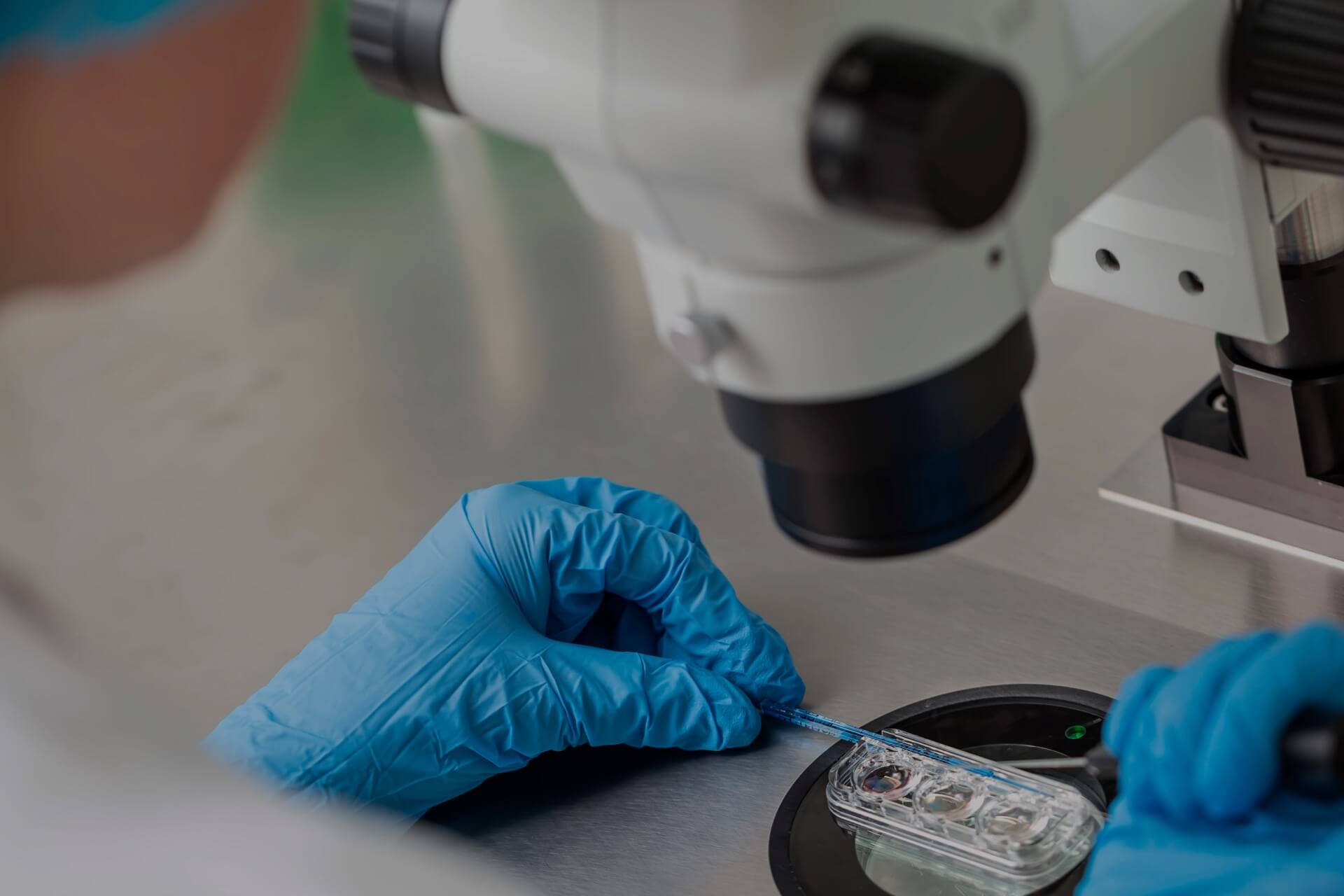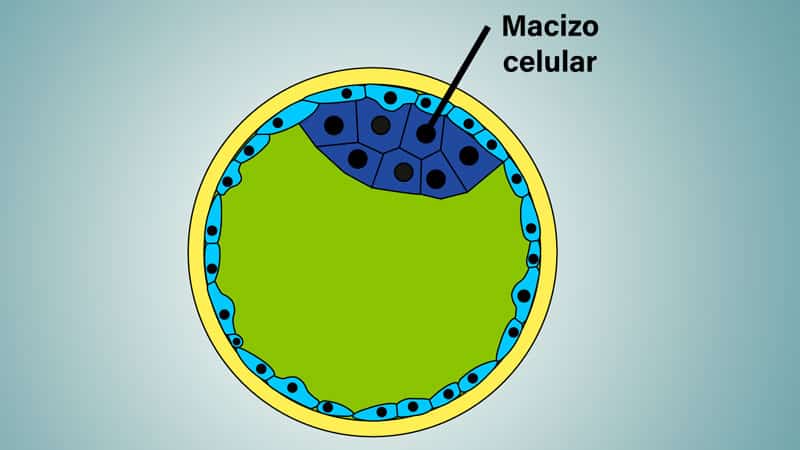
Assisted Reproduction
Blastocyst culture and transfer
Long embryo culture allows them to reach the blastocyst stage and it consists of keeping the embryos, as obtained after in vitro fertilisation, in the incubator for longer than usual. This makes it easier for those with a higher capacity for development to continue evolving to the blastocyst stage.
Unlike the conventional IVF technique, in which embryo transfer is performed 3 days after the extraction of the eggs, blastocyst culture (5-6 days) allows us to improve embryo selection before transfer, in the event that there is more than one embryo to choose from. This increases the possibility of pregnancy from the transferred embryo, seeing as we have more days of lab observation for data collection and the best embryo can be selected more precisely.

What is a blastocyst?
Blastocyst is the name of the state that an embryo reaches after 5 to 6 days of incubation. It is at this point when the cellular differentiation process occurs and we can observe an internal cellular mass which will give rise to the formation of the foetus and a cellular layer (trophectoderm) which will become the placenta. In the naturally occurring process, at this stage of development the blastocyst would reach the uterus having passed through the fallopian tube and it is therefore considered to be the point of greatest implantation capacity.
Blastocyst transfer
To be able to carry out a blastocyst transfer, the embryos obtained from IVF must be kept in an incubator for at least 5 days, with a specific culture medium for this stage of development. During this time, the embryologists can better evaluate the quality of the embryos, given that they can observe the capacity for development of each one and therefore select those with the greatest development potential, before they are transferred. The transfer procedure is performed in exactly the same way as in the conventional technique.





